Corvette; Legend or Myth & Zora’s Marque of Excellence
Volume II: Zora’s Fabulous “Mid-Ship” Corvette History
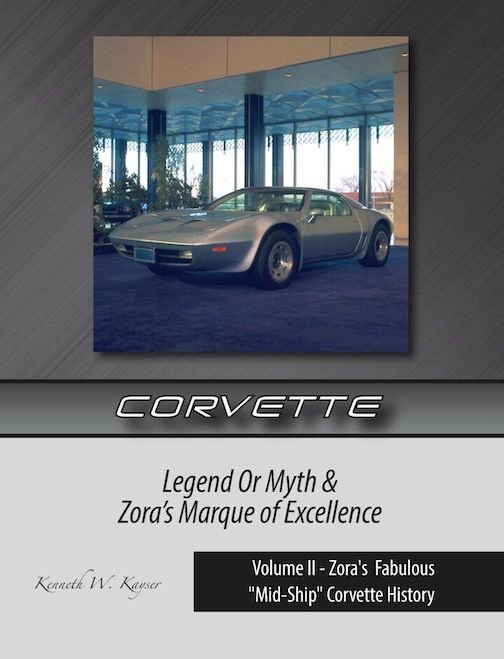 by Kenneth W. Kayser
by Kenneth W. Kayser
Zora Arkus-Duntov’s name is—and forever will be—linked in general awareness with Chevrolet’s Corvette. But it was only with the debut of the 2020 model year C8 that the Corvette Duntov always dreamed of throughout his 21-year-7-month career with GM became a reality. Even then it was over twenty years after his 1996 passing at age 86 that his dream come true which, of course, he never got to see. He had had experiences with its forerunners like the CERVs (Chevrolet Engineering Research Vehicles) that he had engineered and developed.
This book traces, as its subtitle indicates, Zora’s Fabulous “Mid-Ship” Corvette History in a very different manner from any prior publications. Its author, Ken Kayser, is also its publisher. He’s a retired GM engineer (mainly of engines) who, once retired from his own 40plus year career, availed himself of the over 50 linear feet of Zora’s personal files by then housed in GM’s Heritage Center and Archives. Authors of earlier books such as Jerry Burton and Karl Ludvigsen, to name but two, had also been able to search these same files in GM’s possession while researching their respective 2002 and 2014 Bentley-published books.
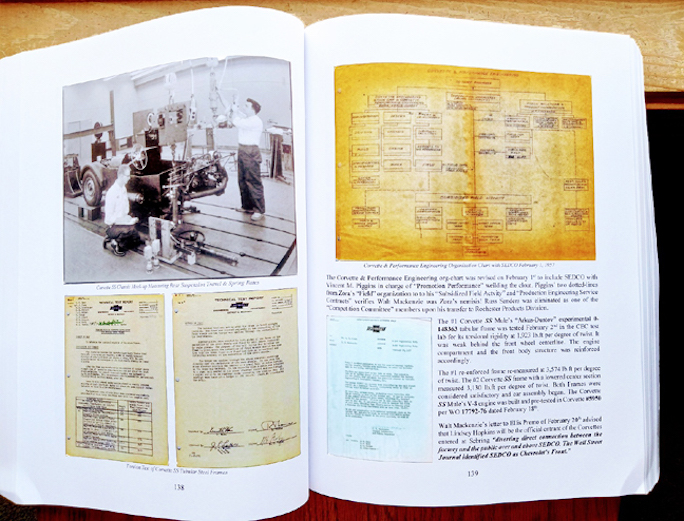
Top left: Workers measuring rear suspension travel and spring rates on a Corvette SS chassis. Document beneath is record of the torsion test of the SS’s tubular steel frame. Top right is the performance engineering organization chart as of February 1, 1957. Letter at bottom is the February 1957 communication from public relations’ Walt Mackenzie notifying engineer Ellis Premo that Lindsey Hopkins will be the official entrant of the Corvettes at Sebring.
Kayser approached his subject quite differently for he reproduced over 500 internal GM correspondences, memos, design and engineering drawings, and reports 1952 to 1988 intermixed with his own comments, opinions, and observations. Those internal documents, the majority of which, quite simply, have not been seen outside of GM shed bright light on internal workings of the corporation.
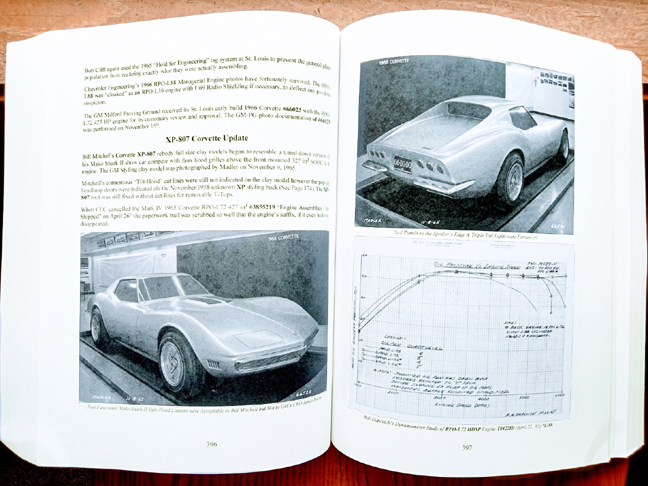
The car is two views of Bill Mitchell’s Mako Shark II in full clay photographed November 1965. The graph is the dynamometer study of an L-88 engine conducted in April 1965.
A number of those reproduced documents are part of this book’s problem just as they are its most significant contribution to the body of knowledge and of documented history. While it is understandable that the docs are not reproduced full page but rather, more usually, four to a page (otherwise the book could easily leap to well over a thousand pages), as presented they are quite challenging to read as many print too dark, and sometimes the focus is less than sharp. Then too, printed-page-clarity is further compromised by being a print-on-demand publication.
Early on Kayser has a different take on what has been widely written and presumed correct regarding Zora Arkus-Duntov’s earliest weeks of employment at GM. In the 2002-published biography of Duntov, author Jerry Burton wrote that Duntov had purchased a one-way ticket to France to compete in the 1953 running of Le Mans intending not to return to the US or GM. Kayser disagrees writing that Zora had always intended to return to GM. As he reproduces original correspondence he sourced in GM’s Heritage Center Archives on the pages of his book, readers can see and judge for themselves what might actually have transpired.
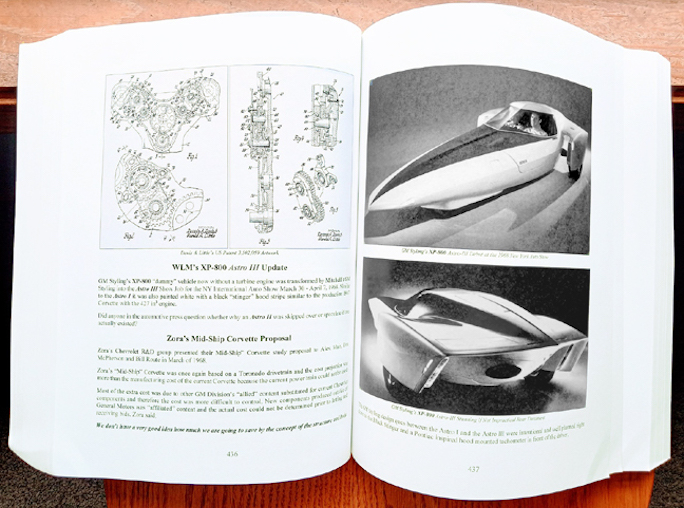
Upper left is patent artwork for the adjustable back-lash gear drive arrangement on Zora’s Cerv-1. Car on right is two views of Styling’s Astro III that debuted at the 1968 New York Auto Show.
On later pages Kayser writes that “most reporters, writers and authors have said that Chevrolet’s CERV II was developed as a counter-measure to Henry Ford II’s desire to win at Le Mans with the Ford GT-40.” Kayser asserts that CERV II had begun much earlier than the Ford GT-40 adding that “Henry II’s GT-40 project with Lola did not originate until he missed the opportunity to purchase the Ferrari works in 1963, well after the CERV II originated as [sic] Chevrolet R & D” which he indicates elsewhere in the book had begun fully a year earlier than Ford in spring of 1962 with the publication of a CERV II Proposal spiral bound booklet.
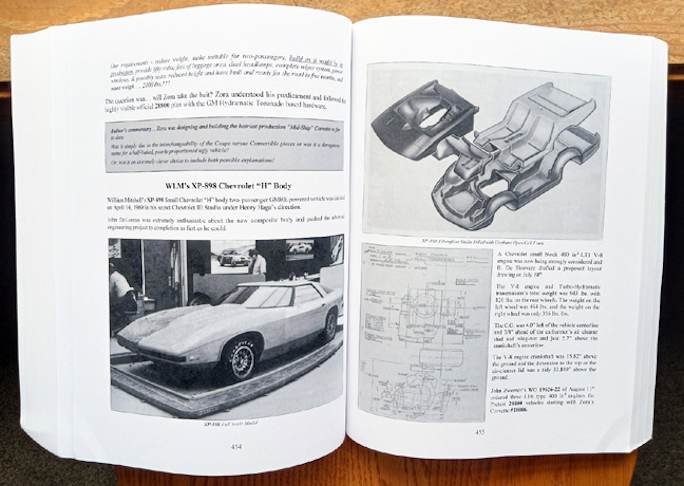
The car is another project initiated by Bill Mitchell in his secret Chevrolet III Studio. It features a composite body shown upper right. The diagram is of the powertrain mount applications for the car.
It’s a book of merit albeit not necessarily universal appeal for a reader has to invest some time and effort to discern the details on the pages as Kayser appears to have limited photoshop abilities so many of the documents, as observed above, reproduce dark which makes them challenging, but not impossible, to read. But if seeing and reading many of the exact documents that enabled and informed various authors intrigues you, this book tracing Zora’s ups and downs, challenges and successes throughout his employment with GM is for you.
Copyright 2023 Helen V Hutchings, SAH (speedreaders.info)


 RSS Feed - Comments
RSS Feed - Comments
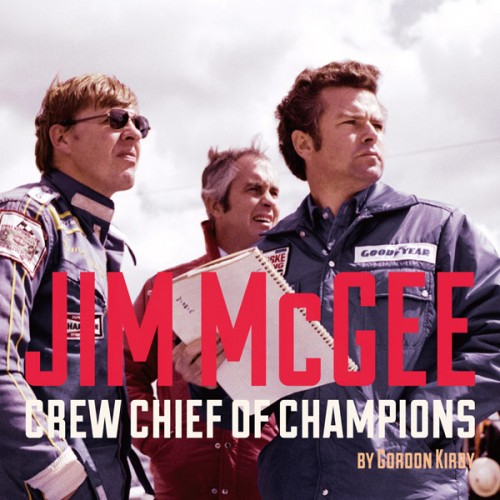

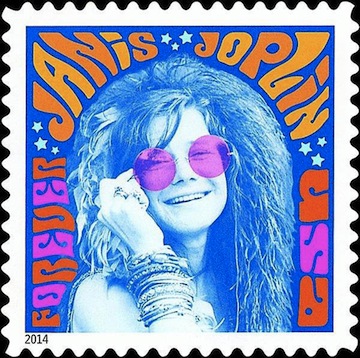
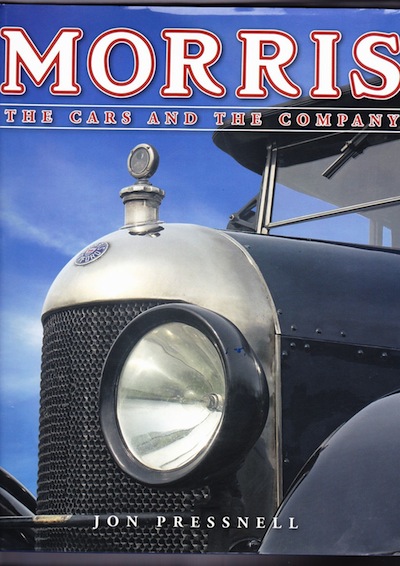
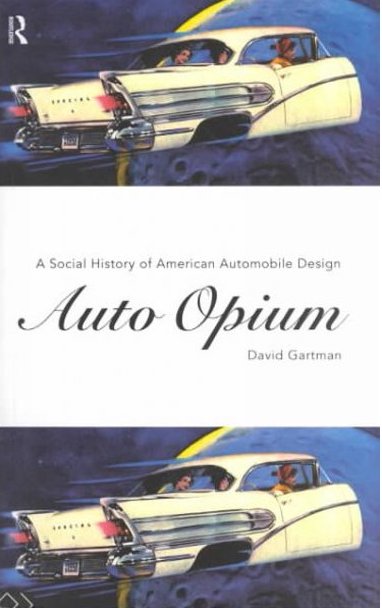
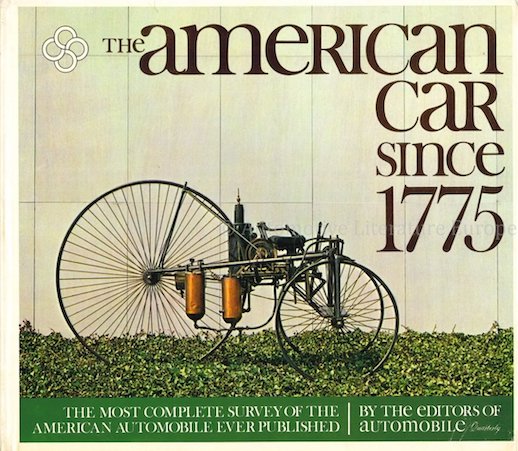
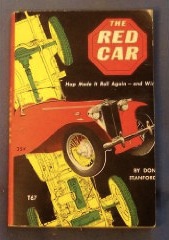

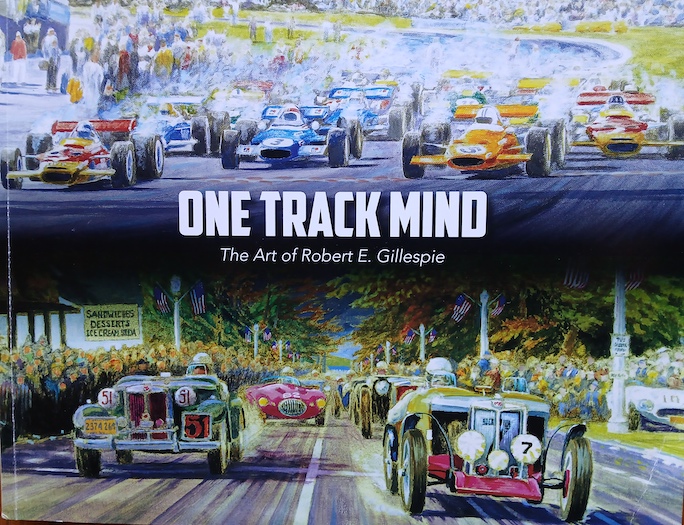


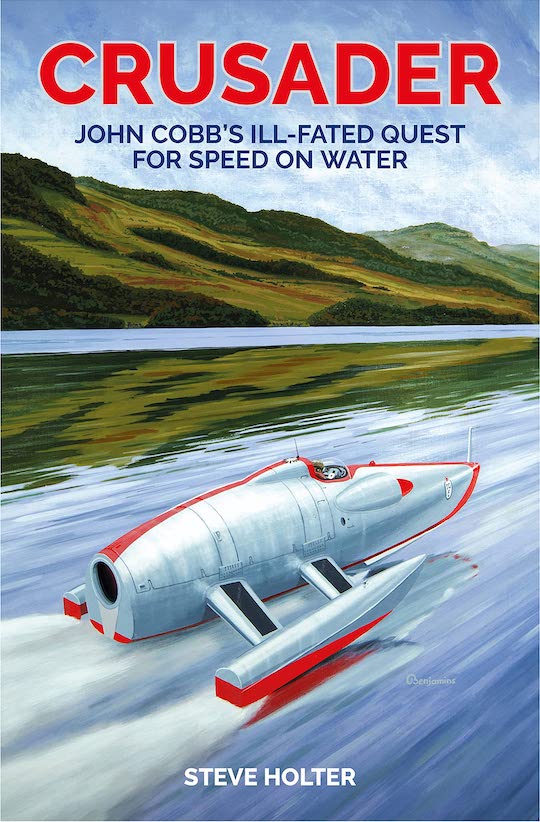




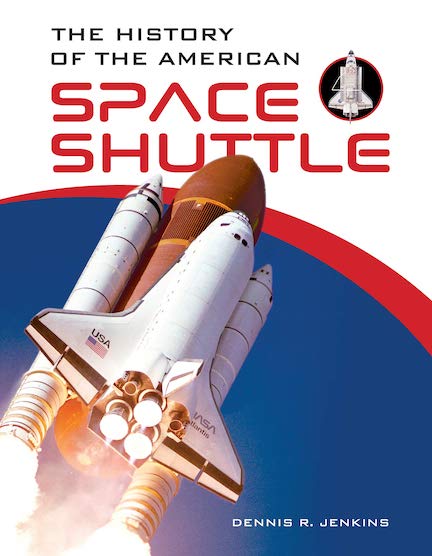
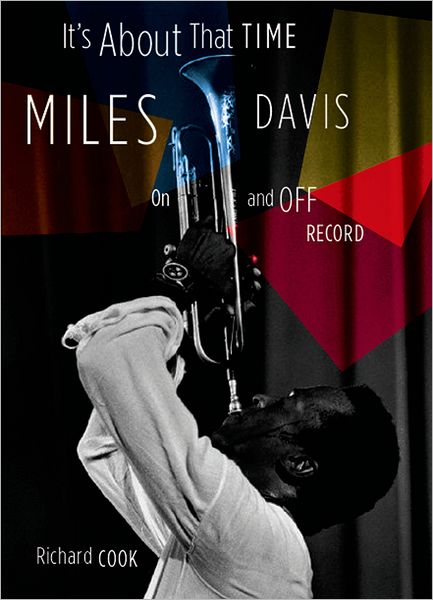

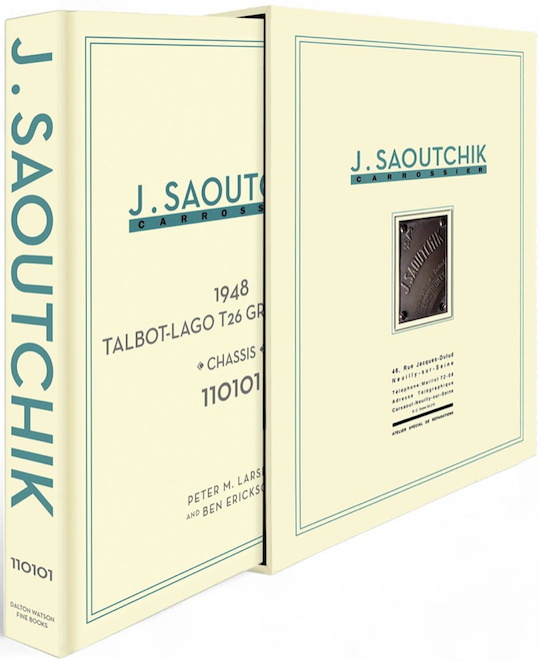


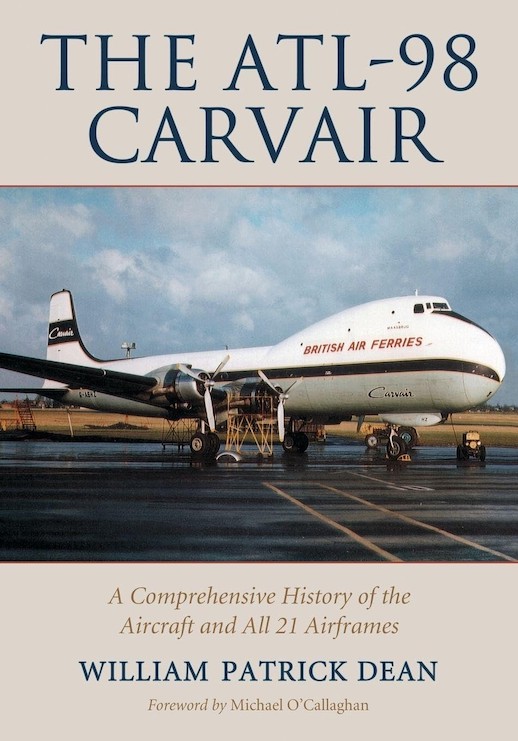
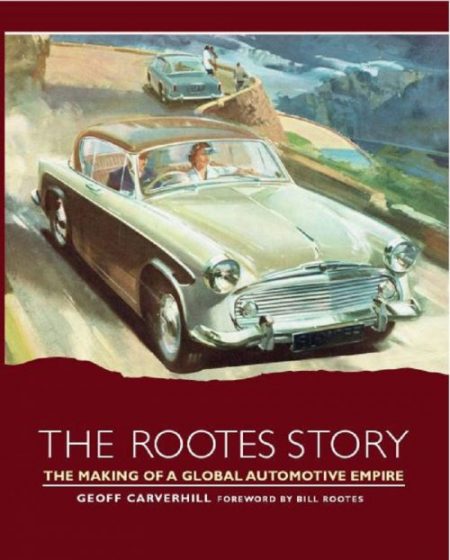

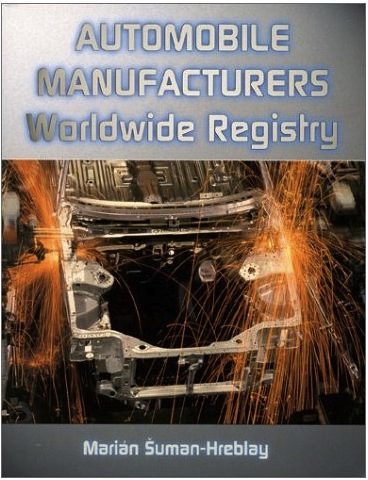

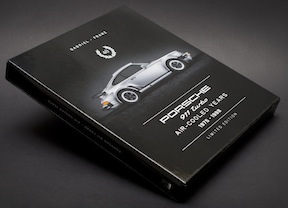

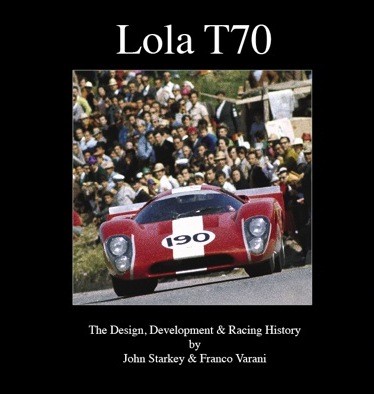
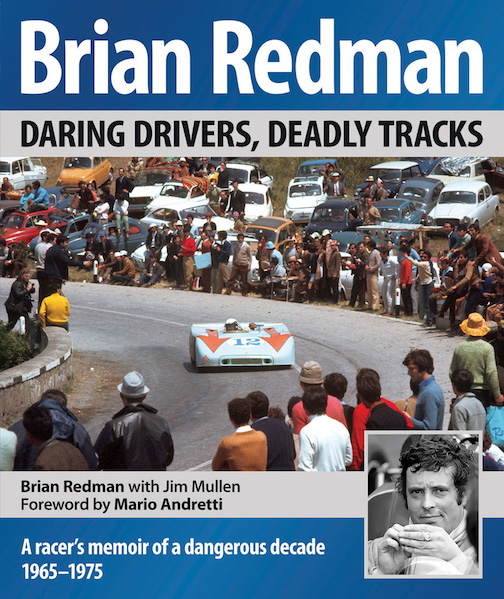

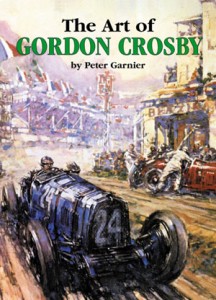
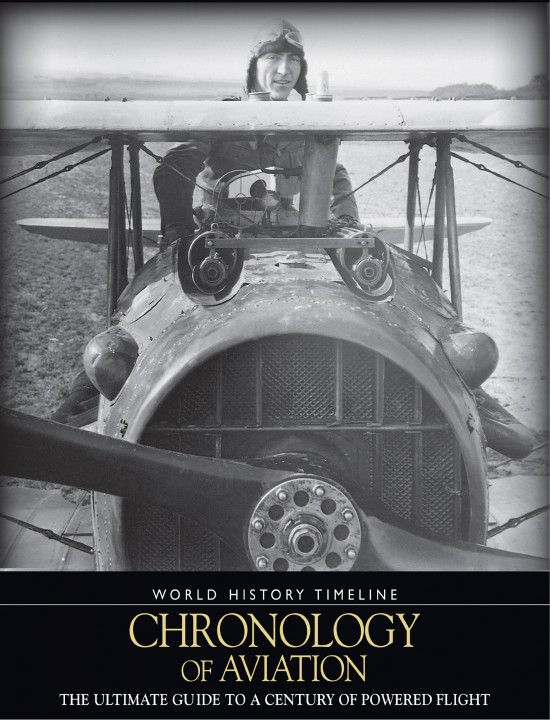
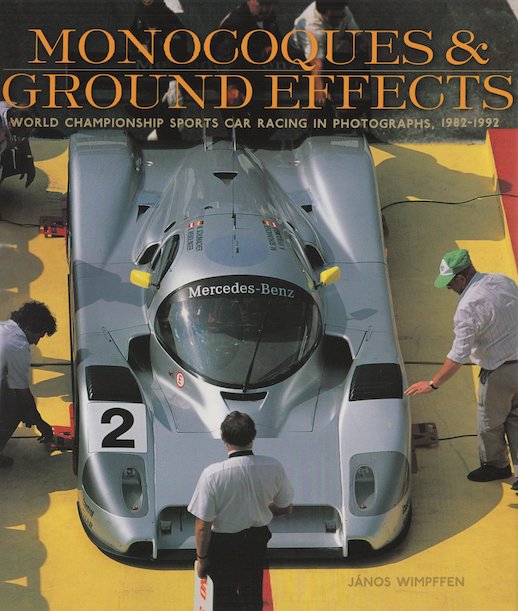
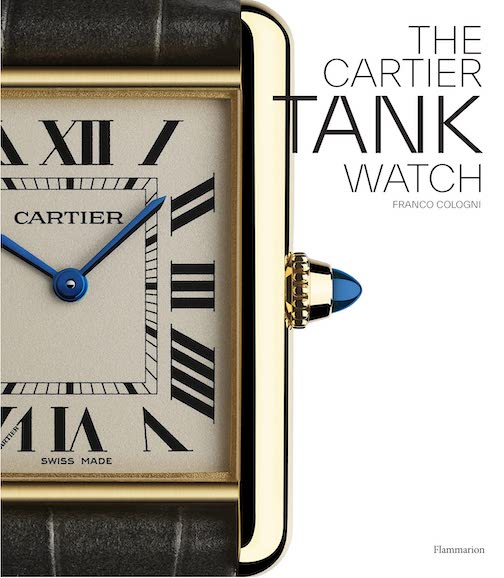
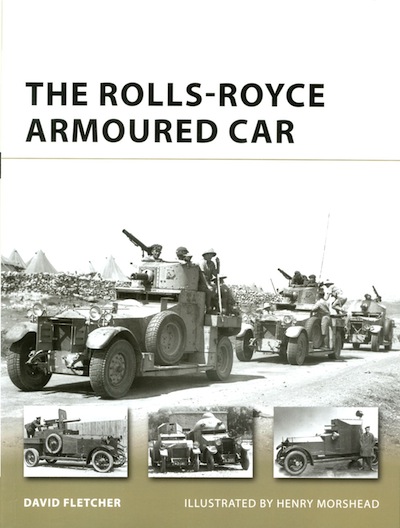


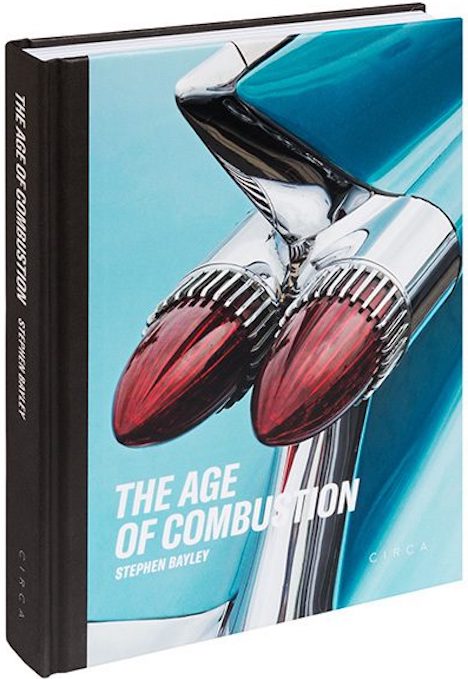
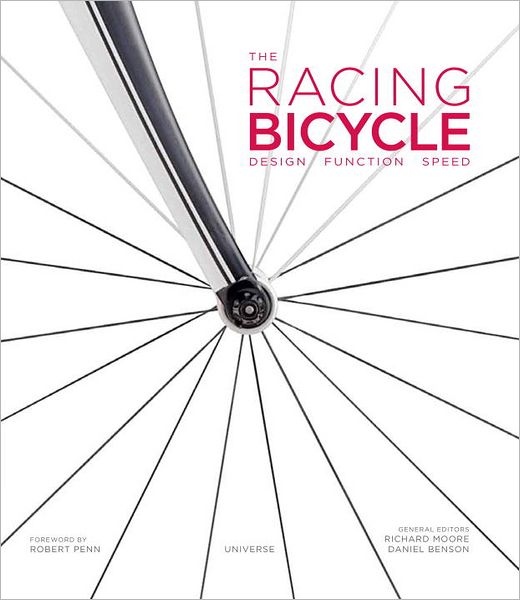
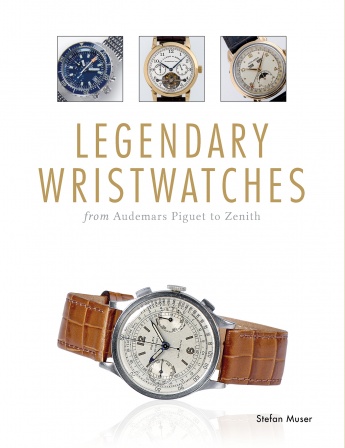

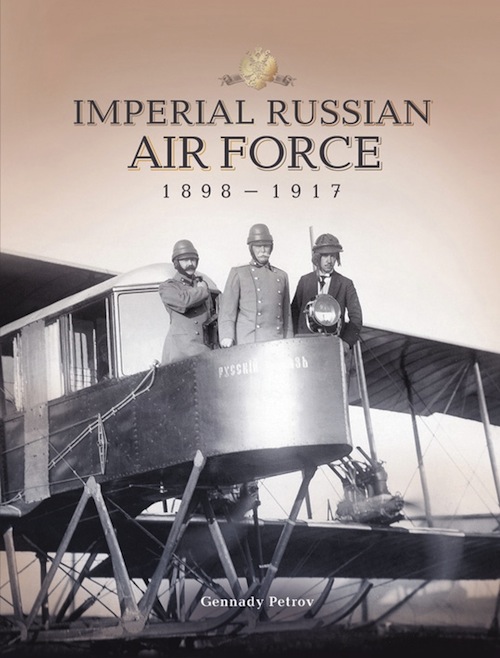
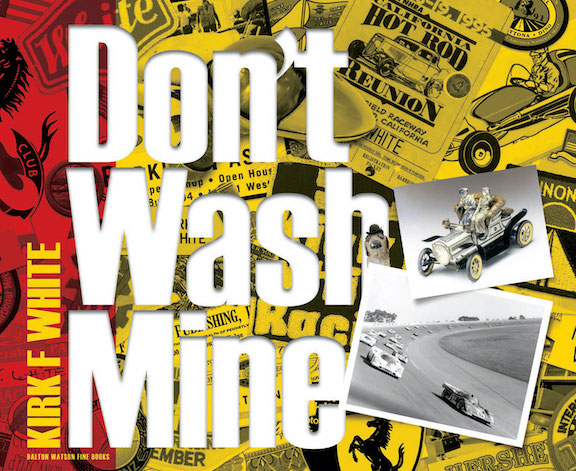

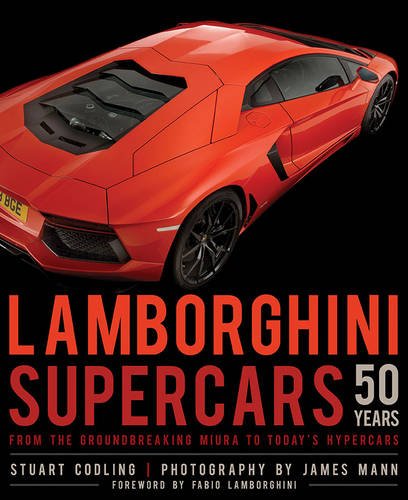
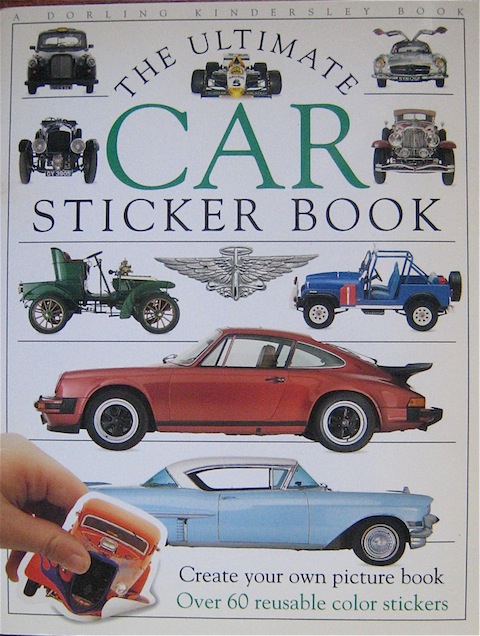

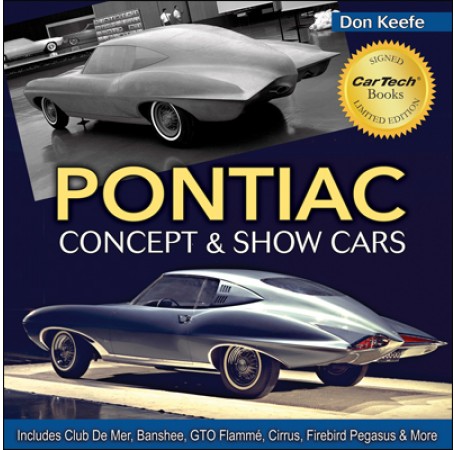
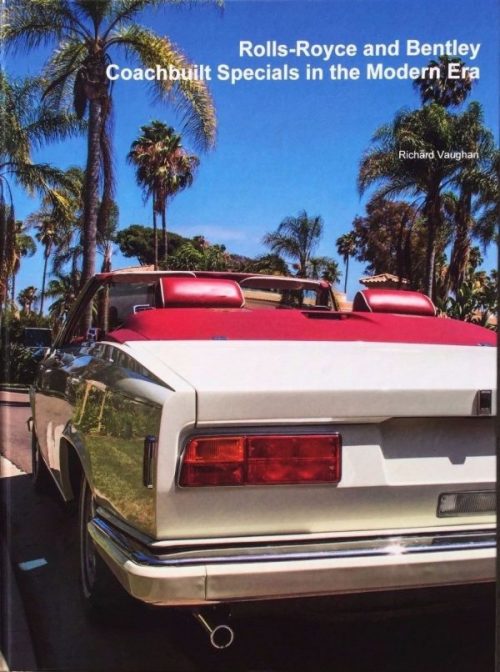



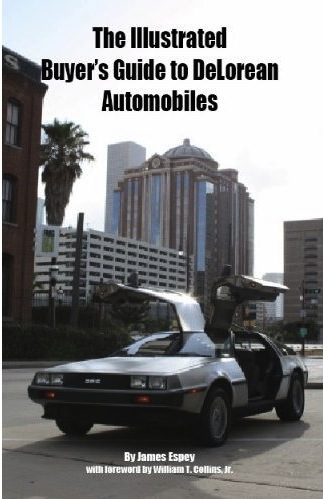


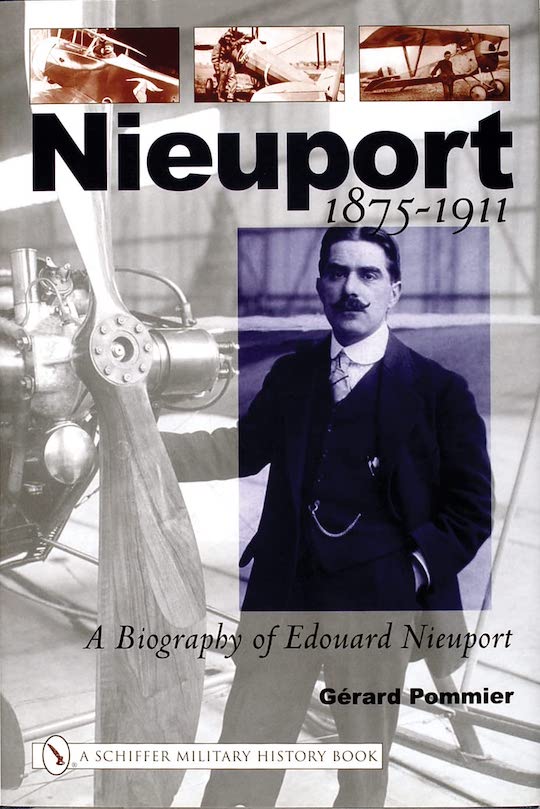


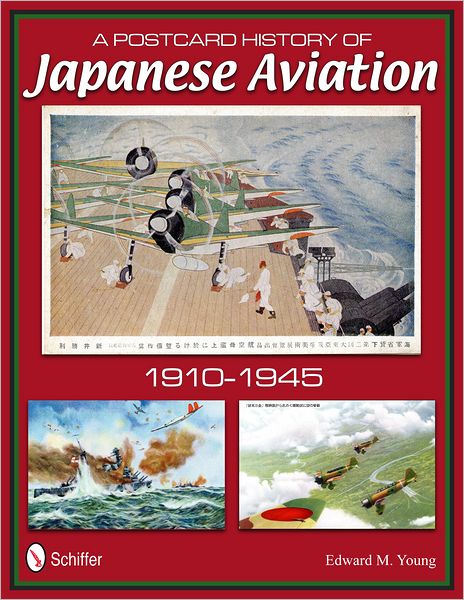
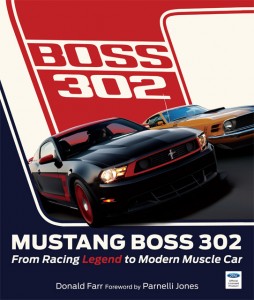
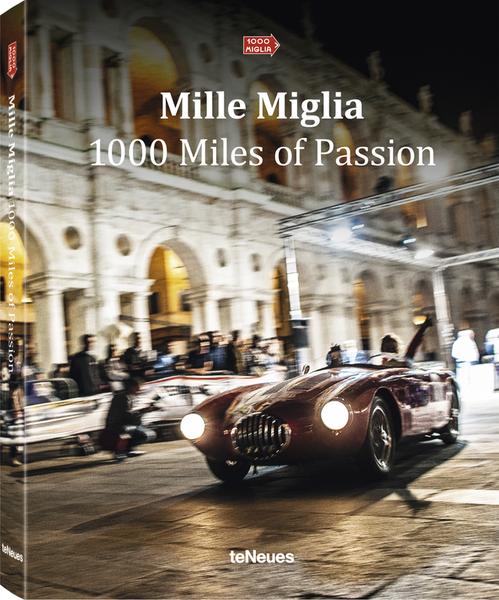

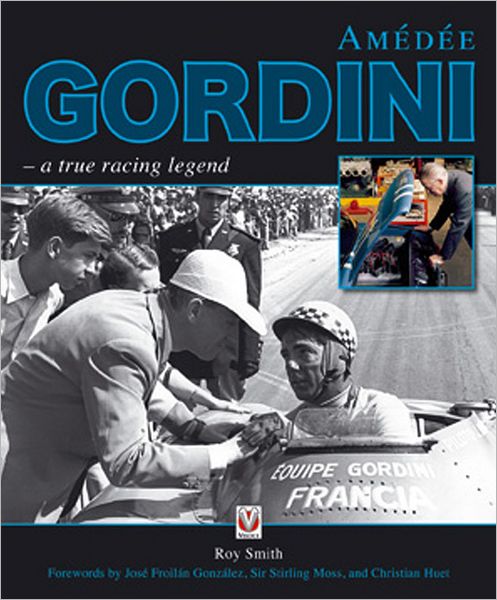
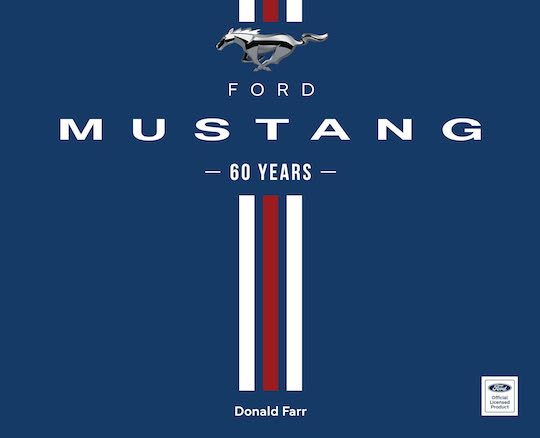
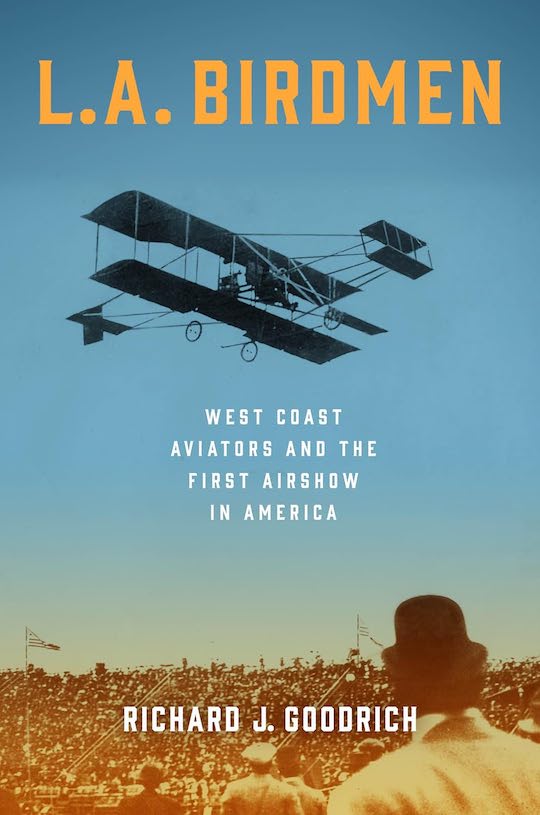
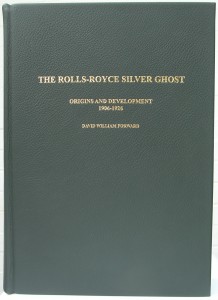
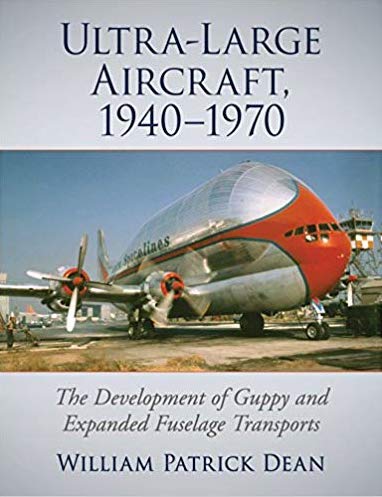

 Phone / Mail / Email
Phone / Mail / Email RSS Feed
RSS Feed Facebook
Facebook Twitter
Twitter